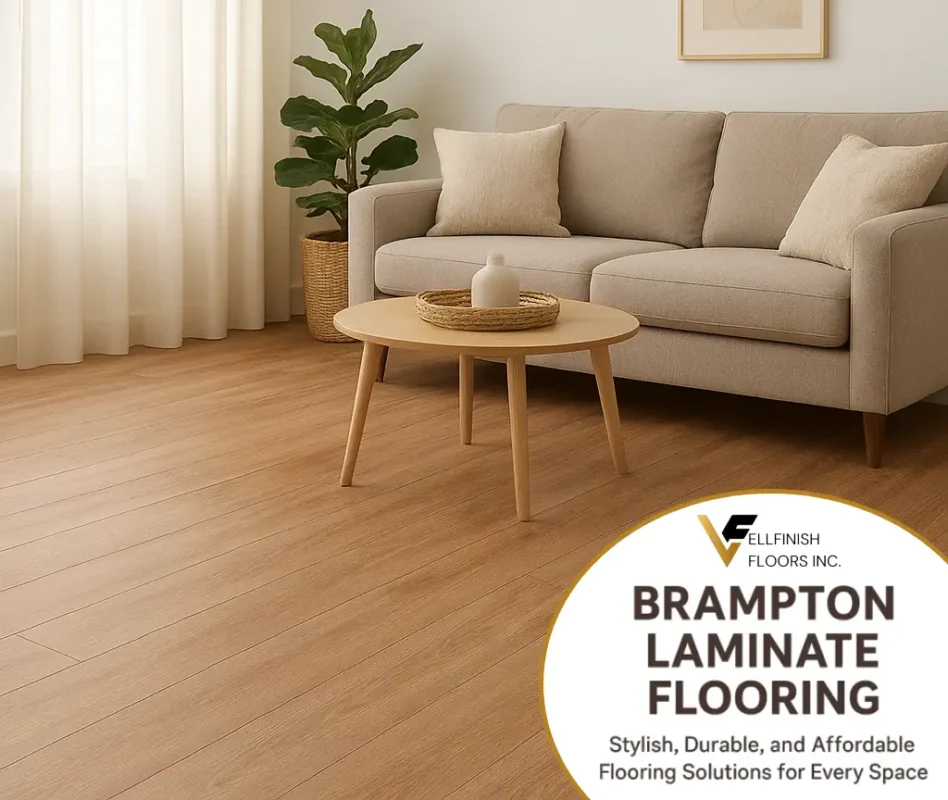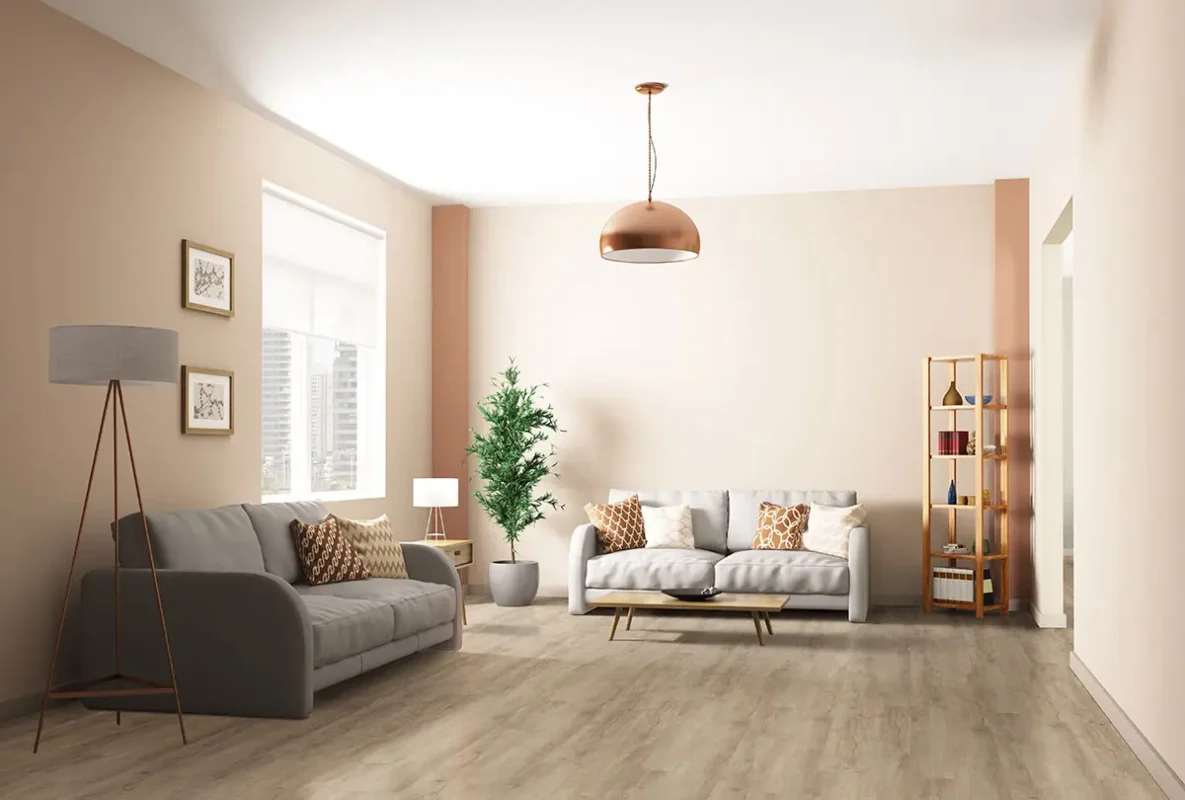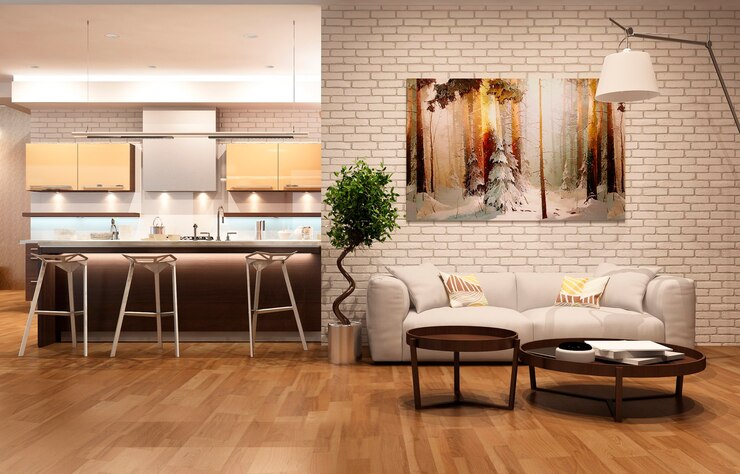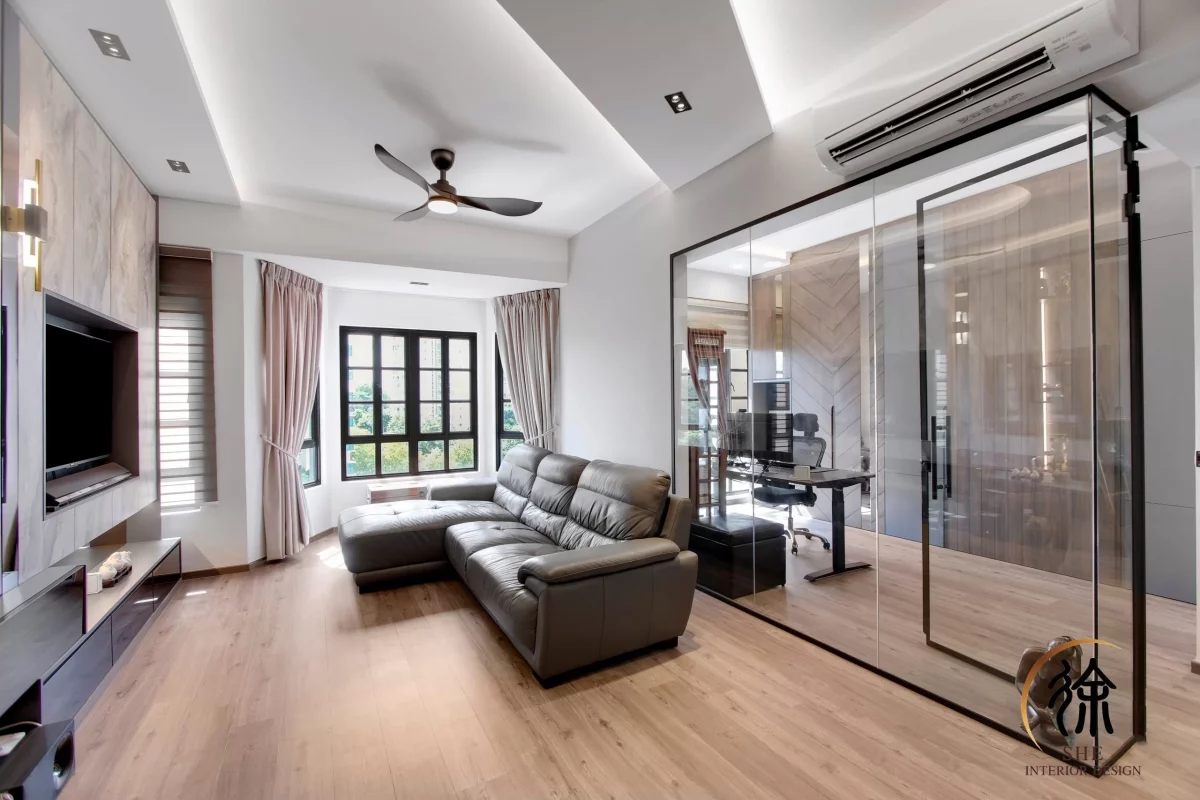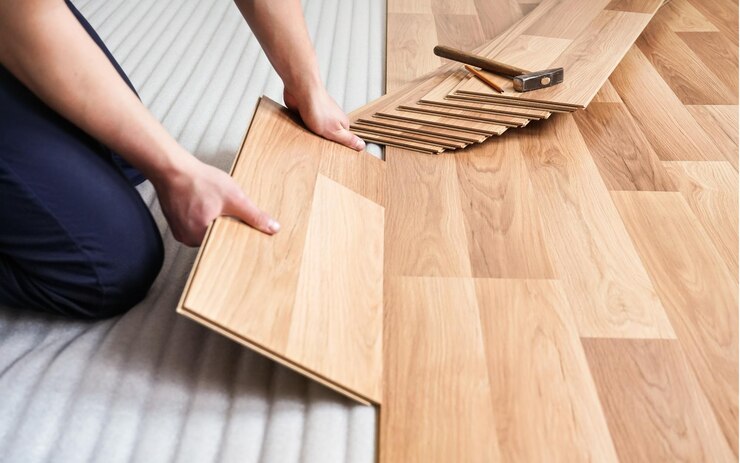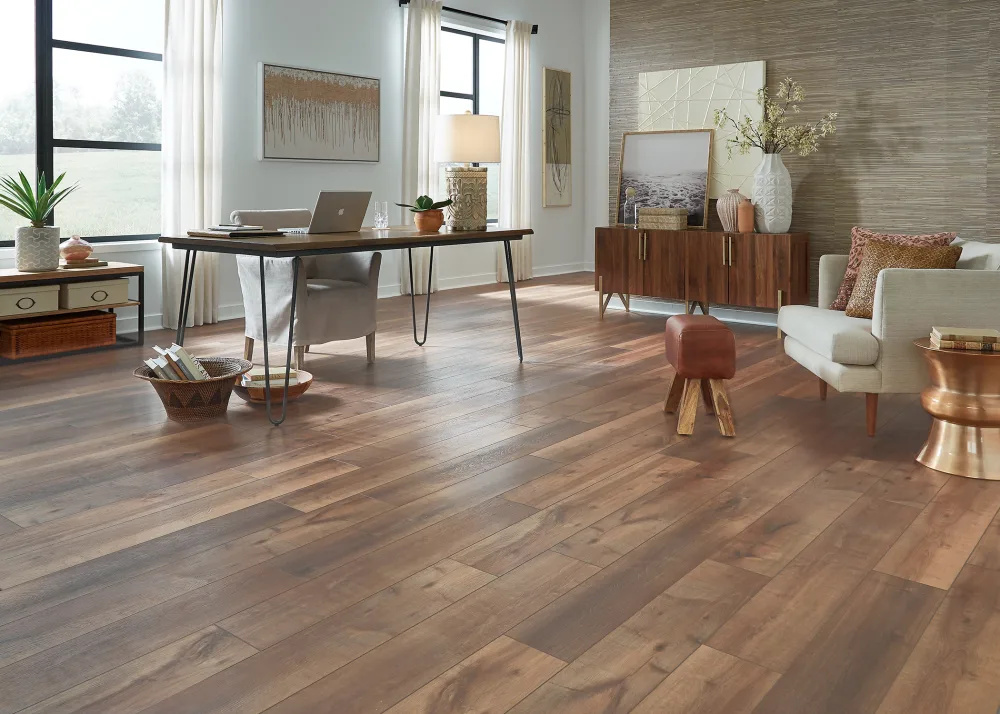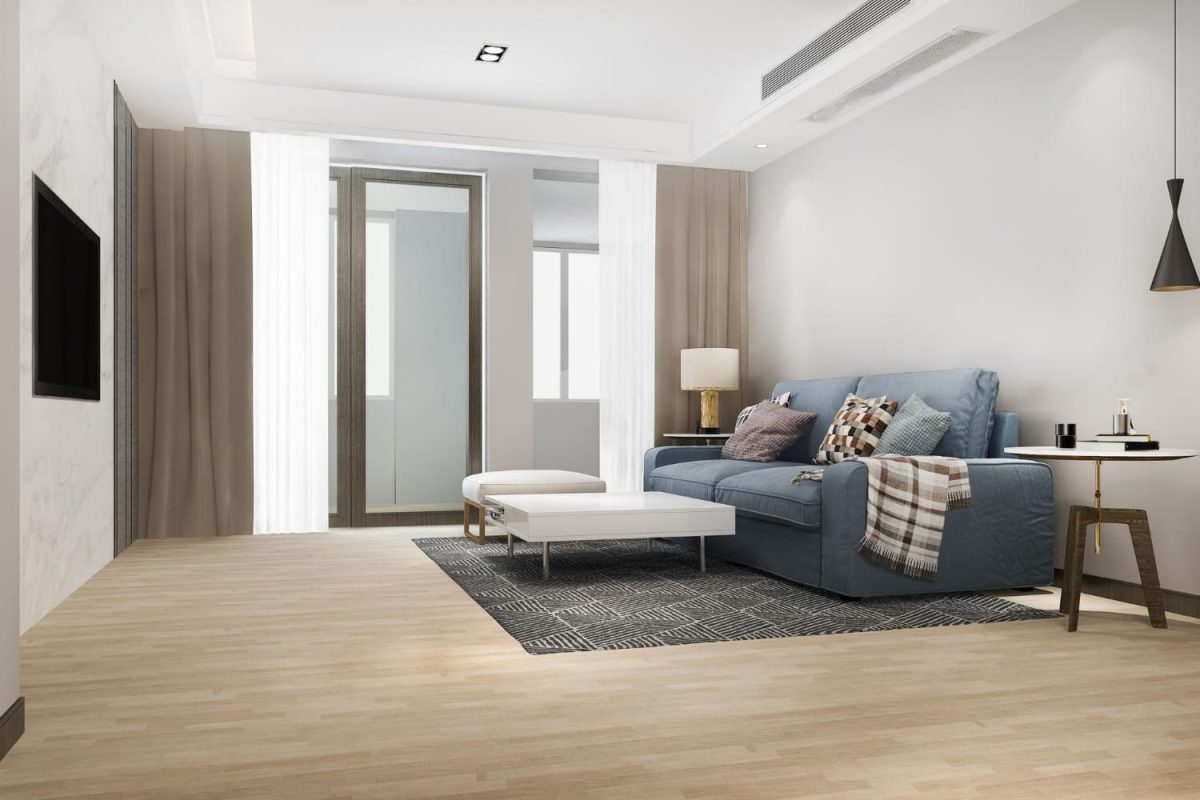Linoleum vs Laminate Flooring: Which Option is Right for Your Home?
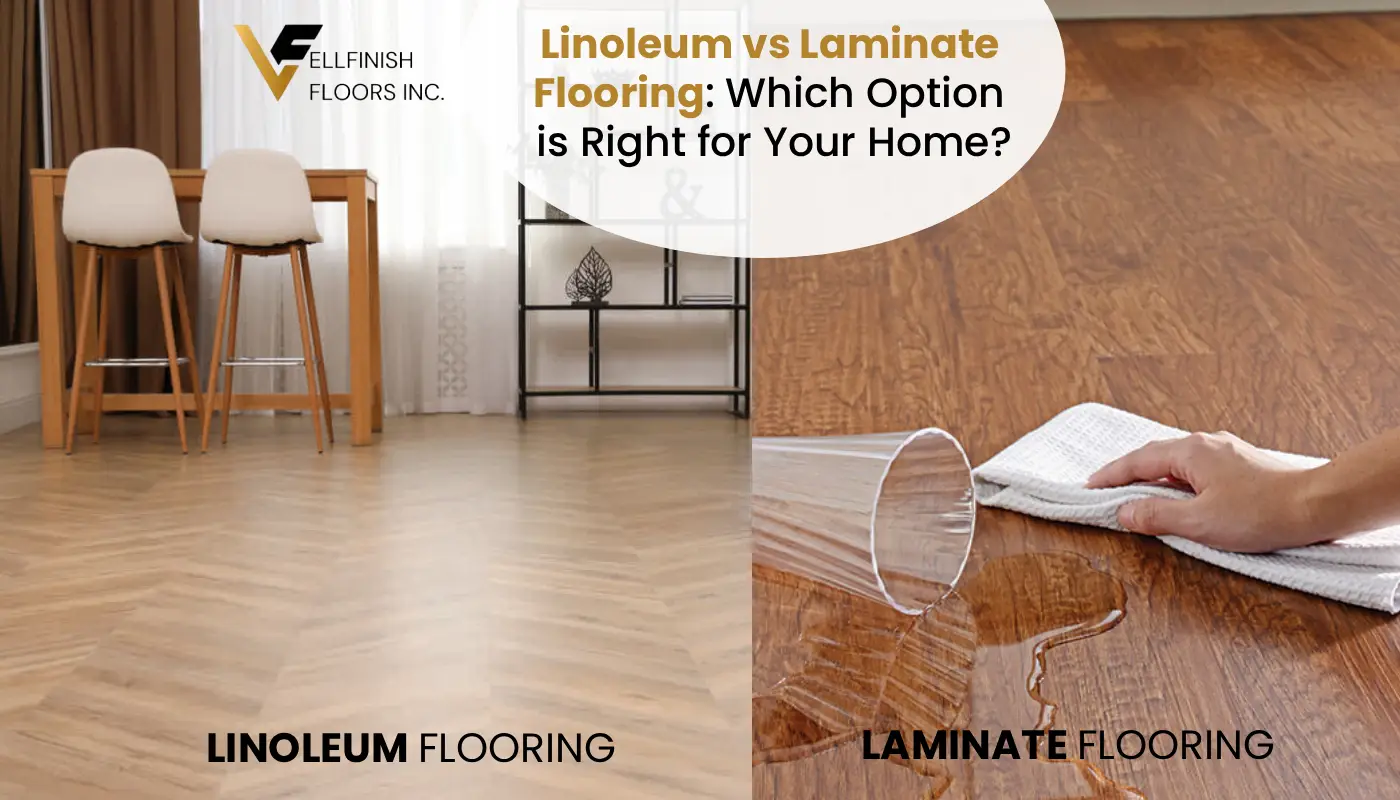
In terms of selecting the perfect flooring for your house, homeowners are regularly confronted with a multitude of alternatives — each with precise blessings, aesthetic attraction, and lengthy-term fee. Amongst those, linoleum and laminate floors stand out as of the most popular choices for modern-day homes. At the same time as each can mimic the look of hardwood or stone, they vary appreciably in phrases of composition, durability, cost, and environmental effect.
In this comprehensive guide, we’ll ruin down the entirety you need to understand approximately linoleum vs laminate flooring, assisting you make an informed selection that suits your private home’s layout, your life-style, and your finances.
1. Know-how Linoleum flooring
Linoleum is one of the oldest styles of resilient floors, first introduced in the nineteenth century. It’s crafted from natural materials, which include linseed oil, cork dust, wooden flour, limestone, and natural pigments — all pressed onto a jute backing. Its eco-friendly composition makes it a sustainable choice that has these days regained popularity in green home design.
Key characteristics of Linoleum floors:
- Green: a 100% biodegradable and made from renewable materials.
- Durable: Can last 30–40 years with proper maintenance.
- Antibacterial and Antistatic: evidently resists bacteria and dirt accumulation.
- Secure: slightly softer underfoot than vinyl or ceramic tile.
- Colour-thru design: The color runs thru the complete thickness, that means scratches and wear are less visible.
Famous manufacturers: Marmoleum (by Forbo), Armstrong Linoleum, and Tarkett.
2. Knowledge Laminate floors
Laminate floors, then again, is a artificial floors material designed to imitate herbal wooden or stone surfaces. It includes 4 layers — a wear layer, layout layer, core layer (commonly made of high-density fiberboard), and a backing layer. Laminate became famous inside the Eighties as a long lasting and budget-pleasant alternative to hardwood flooring.
Key traits of Laminate flooring:
- Low-cost and versatile: offers the look of hardwood, tile, or stone at a decrease cost.
- Scratch-resistant: thanks to its defensive wear layer.
- DIY-pleasant installation: uses a click on-and-lock system that calls for no nails or glue.
- Low preservation: easy to easy and care for.
- Variety: to be had in severa textures, finishes, and designs.
Popular brands: Pergo, Mohawk, Shaw, short-Step, and Mannington.
3. Composition and substances
The maximum essential difference between linoleum and laminate lies of their composition.
- Linoleum: made from natural, renewable materials. Its most important factor, linseed oil, oxidizes to form a long lasting surface. Mixed with cork and timber flour, it affords a evidently resilient and eco-aware floor.
- Laminate: made from synthetic substances, ordinarily HDF (high-Density Fiberboard) with a broadcast decorative layer that simulates herbal wood or stone. Whilst no longer biodegradable, cutting-edge manufacturing techniques have improved its eco-profile, with many brands now imparting low-VOC or recyclable alternatives.
If sustainability and natural materials are your priorities, linoleum wins this category palms down.
4. Appearance and Style Options
Both linoleum and laminate floors offer stunning aesthetics, but they gain it otherwise.
- Linoleum: historically to be had in strong colorings and diffused marbled patterns, linoleum is now available in tiles and planks that may replicate wood or stone consequences. But, its appearance tends to be softer and greater natural, perfect for mid-century modern, retro, or Scandinavian-style interiors.
- Laminate: recognized for its realistic visuals, laminate flooring can closely imitate the look of hardwood, ceramic, or stone thanks to high-definition printing era. You may find options that mimic oak, walnut, maple, and even distressed or hand-scraped wood.
In case you preference a practical timber or stone look, laminate can be the higher desire. However for a completely unique, conventional, or green aesthetic, linoleum has unequalled charm.
5. Durability and Longevity
Durability is a first-rate component whilst evaluating linoleum and laminate flooring.
- Linoleum: With right care, linoleum can last up to 40 years. It’s certainly resilient and self-restoration to some extent, which means small scratches or dents regularly fade over time. But, it requires regular sealing or waxing to hold its water resistance and shine.
- Laminate: commonly lasts round 15–25 years, depending at the first-class. It’s miles greater proof against scratches however may be susceptible to water damage for the reason that HDF middle can swell if moisture seeps in.
If you’re seeking out long-time period sturdiness, particularly in low-moisture regions, linoleum offers extra toughness.
6. Water and Moisture Resistance
This is an vital class for kitchens, lavatories, and basements.
- Linoleum: whilst naturally water resistant, it isn’t always waterproof. Standing water can harm the seams or backing through the years. Normal sealing helps, but it’s no longer perfect for terribly wet areas.
- Laminate: conventional laminate flooring also isn’t waterproof, but modern-day water-resistant laminate options are to be had that characteristic sealed edges and water-resistant cores.
If moisture is a subject, water-resistant laminate floors may be the extra practical option.
7. Installation system
Ease of set up frequently determines whether homeowners choose to DIY or hire professionals.
- Linoleum: installation may be intricate seeing that linoleum sheets need to be glued down and exactly reduce. It’s best dealt with via experts to ensure right seams and long-term adhesion. But, newer linoleum tiles and click on-lock planks make DIY installation easier.
- Laminate: A DIY preferred, laminate makes use of a floating installation device wherein planks snap together with out glue or nails. You can effortlessly set up it over maximum subfloors, even existing flooring.
For a quick and smooth installation, laminate floors sincerely wins.
8. Comfort and Feel Underfoot
- Linoleum: Softer and warmer than tile or hardwood, linoleum feels secure underfoot. It additionally has mild elasticity, lowering fatigue while standing for lengthy intervals.
- Laminate: tougher and much less forgiving, even though underlayment padding can improve consolation and sound absorption.
If consolation is a key component – specially in kitchens or regions in which you stand lots — linoleum is the better choice.
9. Maintenance and cleaning
Each flooring kinds are fantastically smooth to preserve, but they have got one-of-a-kind care requirements.
- Linoleum: calls for regular sweeping and mopping with a moderate cleanser. To hold shine and durability, a shielding sealer or wax need to be applied periodically.
- Laminate: needs simplest sweeping and coffee damp mopping with a laminate-safe purifier. Keep away from excessive moisture or harsh chemicals.
For low-renovation dwelling, laminate floors is easier to care for.
10. Environmental effect
One among linoleum’s strongest benefits is its eco-friendliness.
- Linoleum: crafted from renewable resources, biodegradable, and frequently installed with low-VOC adhesives. It’s an remarkable choice for sustainable domestic layout.
- Laminate: crafted from artificial substances, frequently containing resins and adhesives. Even as many brands are now producing eco-licensed laminates, they could’t fit linoleum’s herbal sustainability.
If lowering your house’s carbon footprint topics, linoleum flooring is the clear winner.
11. Fee assessment
Price plays a critical position in any flooring choice.
- Linoleum: Typically ranges between $3 to $8 per sq. ft., plus installation costs. Sheet linoleum is cheaper than modular planks or tiles.
- Laminate: Ranges from $1 to $6 per sq. ft., making it more budget-friendly. High-end laminates with advanced waterproofing and textures can cost more.
If budget is your top priority, laminate flooring offers great style at a lower price point.
12. Best Rooms for Each Flooring Type
Here’s a quick guide to where each flooring type works best:
| Room | Best Choice | Why |
|---|---|---|
| Living Room | Laminate | Durable, stylish, easy to clean |
| Kitchen | Linoleum | Eco-friendly and soft underfoot |
| Bathroom | Waterproof Laminate | Better water resistance |
| Bedroom | Linoleum | Warm and quiet |
| Basement | Laminate | With moisture barrier |
| Hallway | Laminate | High durability and scratch resistance |
In phrases of resale enchantment, laminate flooring regularly has the top hand due to its resemblance to hardwood, which many consumers decide on. But, eco-conscious customers or those with hypersensitive reactions might also recognize the natural blessings of linoleum.
13. Aesthetic Longevity and Resale Value
In terms of resale appeal, laminate flooring often has the upper hand because of its resemblance to hardwood, which many buyers prefer. However, eco-conscious buyers or those with allergies may appreciate the natural benefits of linoleum.
If your goal is to boost resale value and aesthetic appeal, laminate flooring may provide a slightly better return on investment.
14. Pros and Cons Summary
| Feature | Linoleum | Laminate |
|---|---|---|
| Eco-friendly | ✅ | ⚠️ |
| Durability | ✅ | ✅ |
| Water Resistance | ⚠️ | ✅ (waterproof types) |
| Maintenance | ⚠️ | ✅ |
| Installation | ⚠️ | ✅ |
| Comfort | ✅ | ⚠️ |
| Appearance Variety | ⚠️ | ✅ |
| Affordability | ⚠️ | ✅ |
| Lifespan | ✅ | ⚠️ |
15. Final Verdict: Which Is Right for Your Home?
The selection among linoleum and laminate floors ultimately relies upon in your priorities:
Pick out Linoleum in case you price eco-friendliness, durability, consolation, and herbal substances. It’s best for house owners searching for sustainability and a smooth, undying aesthetic.
Choose Laminate floors in case you want realistic appears, affordability, clean installation, and low protection. It’s ideal for busy families, condo homes, and all and sundry searching for a elegant timber-look floor on a budget.
Conclusion
Both Linoleum vs Laminate Flooring have evolved significantly over the years, offering homeowners durable, stylish, and cost-effective solutions. If you’re focused on green living and long-term value, linoleum is a natural winner. But if your goals are aesthetic appeal, ease of installation, and versatility, laminate may be the smarter pick.
Before making a decision, always consider your home’s environment, foot traffic levels, and maintenance preferences. Either way, with proper care, both flooring options can add beauty, comfort, and functionality to your living space for years to come.



